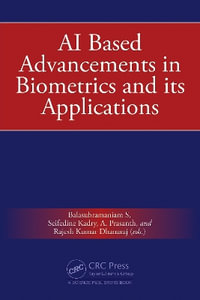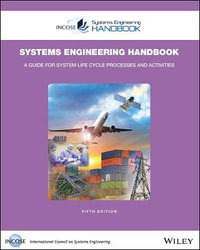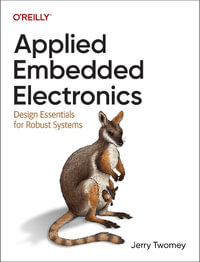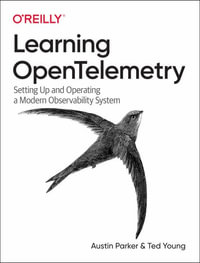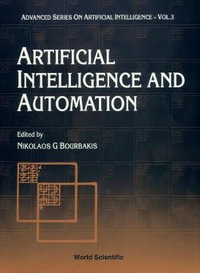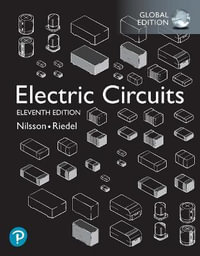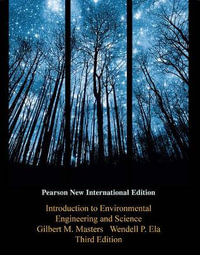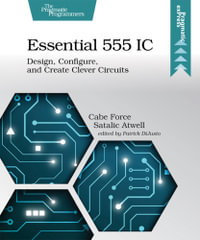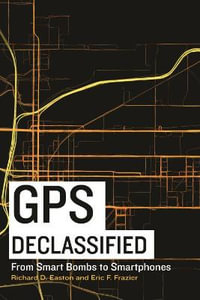About the Authors ix
Preface xi
List of Symbols xiii
1 Introduction 1
2 Fundamentals of Acoustic Wave Motion 3
2.1 Fundamental Acoustic Concepts 3
2.2 The Wave Equation 5
3 Simple Sound Fields 11
3.1 Plane Waves 11
3.2 Sound Transmission Between Fluids 18
3.3 Simple Spherical Waves 22
4 Basic Acoustic Measurements 25
4.1 Introduction 25
4.2 Frequency Analysis 25
4.3 Levels and Decibels 29
4.4 Noise Measurement Techniques and Instrumentation 32
5 The Concept of Impedance 41
5.1 Mechanical Impedance 41
5.2 Acoustic Impedance 43
5.3 Specific Impedance, Wave Impedance and Characteristic
Impedance 46
6 Sound Energy, Sound Power, Sound Intensity and Sound
Absorption 49
6.1 Introduction 49
6.2 Conservation of Sound Energy 50
6.3 Active and Reactive Intensity 55
6.4 Measurement of Sound Intensity 61
6.4.1 Errors Due to the Finite Difference Approximation 63
6.4.2 Errors Due to Scattering 64
6.4.3 Errors Due to Phase Mismatch 64
6.5 Applications of Sound Intensity 68
6.5.1 Sound Power Determination 68
6.5.2 Noise Source Identification and Visualisation of Sound
Fields 70
6.5.3 Transmission Loss of Structures and Partitions 70
6.5.4 Measurement of the Emission Sound Pressure Level 71
6.6 Sound Absorption 71
7 Duct Acoustics 75
7.1 Introduction 75
7.2 Plane Waves in Ducts with Rigid Walls 75
7.2.1 The Sound Field in a Tube Terminated by an Arbitrary
Impedance 75
7.2.2 Radiation of Sound from an Open-ended Tube 82
7.3 Sound Transmission Through Coupled Pipes 86
7.3.1 The Transmission Matrix 87
7.3.2 System Performance 92
7.3.3 Dissipative Silencers 97
7.4 Sound Propagation in Ducts with Mean Flow 99
7.5 Three-dimensional Waves in Ducts with Rigid Walls 101
7.5.1 The Sound Field in a Duct with Rectangular Cross Section
101
7.5.2 The Sound Field in a Duct with Circular Cross Section
107
7.5.3 The Sound Field in a Duct with Arbitrary Cross-sectional
Shape 114
7.6 The Green?s Function in a Semi-infinite Duct 116
7.7 Sound Propagation in Ducts with Walls of Finite Impedance
122
7.7.1 Ducts with Nearly Hard Walls 123
7.7.2 Lined Ducts 125
8 Sound in Enclosures 127
8.1 Introduction 127
8.2 The Modal Theory of Sound in Enclosures 127
8.2.1 Eigenfrequencies and Mode Shapes 128
8.2.2 The Modal Density 132
8.2.3 The Green?s Function in an Enclosure 133
8.3 Statistical Room Acoustics 137
8.3.1 The Perfectly Diffuse Sound Field 139
8.3.2 The Sound Field in a Reverberation Room Driven with a Pure
Tone 142
8.3.3 Frequency Averaging 147
8.3.4 The Sound Power Emitted by a Point Source in a Lightly
Damped Room 148
8.4 The Decay of Sound in a Lightly Damped Room 151
8.4.1 The Modal Approach to Decay of Sound 151
8.4.2 The Statistical Approach to Decay of Sound 154
8.5 Applications of Reverberation Rooms 155
8.5.1 Sound Power Determination 155
8.5.2 Measurement of Sound Absorption 156
8.5.3 Measurement of Transmission Loss 156
9 Sound Radiation and Scattering 159
9.1 Introduction 159
9.2 Point Sources 159
9.2.1 Reciprocity 165
9.2.2 Sound Power Interaction of Coherent Sources 166
9.2.3 Fundamentals of Beamforming 169
9.3 Cylindrical Waves 171
9.3.1 Radiation from Cylindrical Sources 171
9.3.2 Scattering by Cylinders 183
9.4 Spherical Waves 187
9.4.1 Radiation from Spherical Sources 187
9.4.2 Scattering by Spheres 199
9.4.3 Ambisonics 201
9.5 Plane Sources 202
9.5.1 The Rayleigh Integral 203
9.5.2 The Wavenumber Approach 207
9.5.3 Fundamentals of Near Field Acoustic Holography 211
9.6 The Kirchhoff-Helmholtz Integral Equation 213
Appendix A Complex Representation of Harmonic Functions of
Time 217
Appendix B Signal Analysis and Processing 221
B.1 Introduction 221
B.2 Classification of Signals 221
B.3 Transient Signals 222
B.3.1 The Fourier Transform 223
B.3.2 Time Windows 229
B.4 Periodic Signals 230
B.4.1 Fourier Series 230
B.4.2 The Fourier Transform of a Periodic Signal 232
B.4.3 Estimation of the Spectrum of a Periodic Signal 234
B.5 Random Signals 235
B.5.1 Autocorrelation Functions and Power Spectra 237
B.5.2 Cross-correlation Functions and Cross-power Spectra
239
B.5.3 Estimation of Correlation Functions and Power Spectra
241
B.6 Linear Systems 243
B.6.1 Impulse Response and Frequency Response 244
B.6.2 Estimation of the Frequency Response of a Linear System
248
B.6.3 Estimation of the Frequency Response of a Weakly Nonlinear
System 254
B.7 Digital Signal Processing 255
B.7.1 Sampling 255
B.7.2 The Discrete Fourier Transform 256
B.7.3 Signal Analysis with the 'Fast Fourier Transform' (FFT)
257
B.7.4 The Method Based on 'Maximum Length Sequences' (MLS)
260
Appendix C Cylindrical and Spherical Bessel Functions;
Legendre Functions; and Expansion Coefficients 263
C.1 Cylindrical Bessel Functions 263
C.2 Legendre Functions 265
C.3 Spherical Bessel Functions 266
C.4 Expansion Coefficients 267
Appendix D Fundamentals of Probability and Random Variables
269
D.1 Random Variables 269
D.2 The Central Limit Theorem 270
D.3 Chi and Chi-Square Statistics 270
Reference 271
Bibliography 273
Index 275


